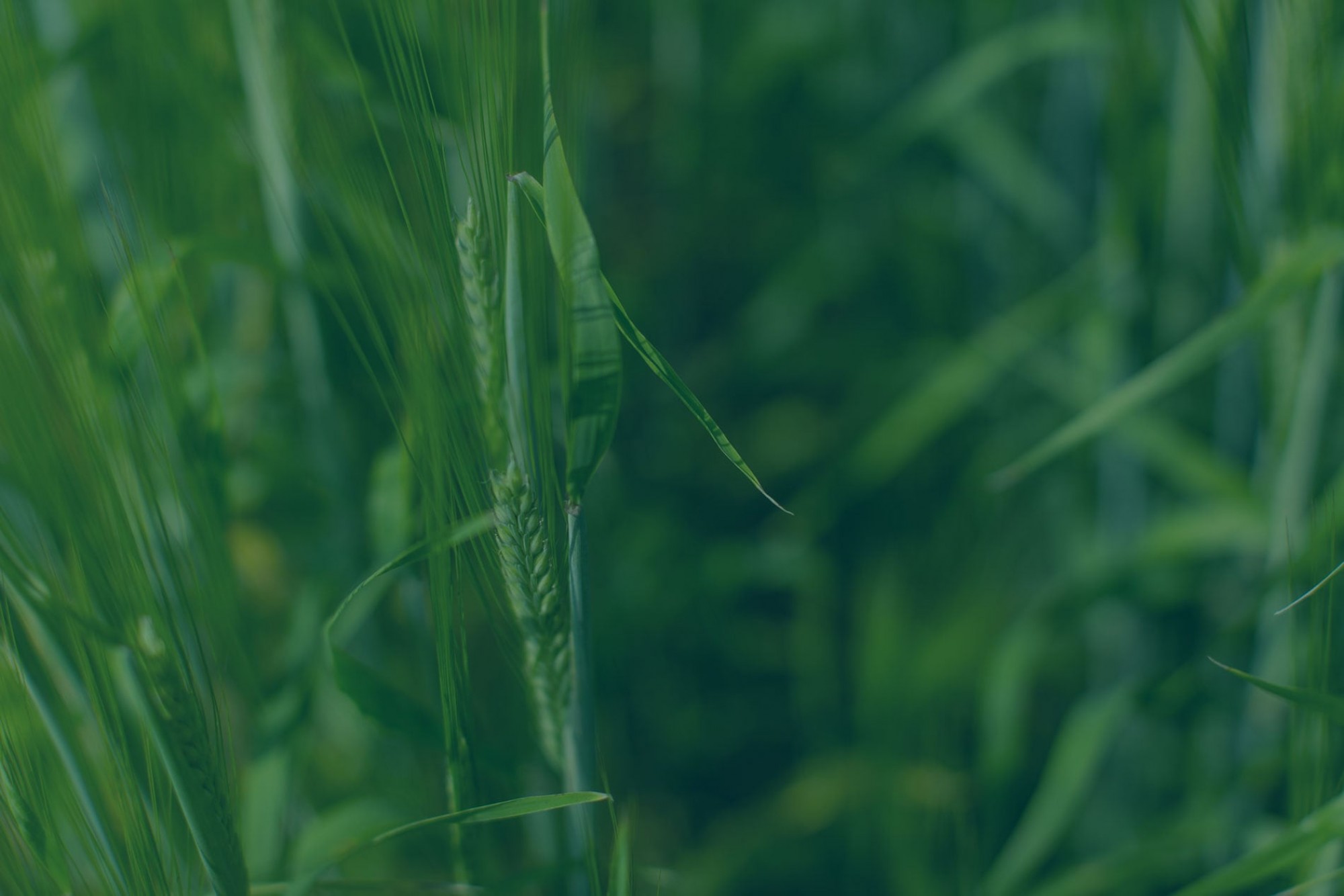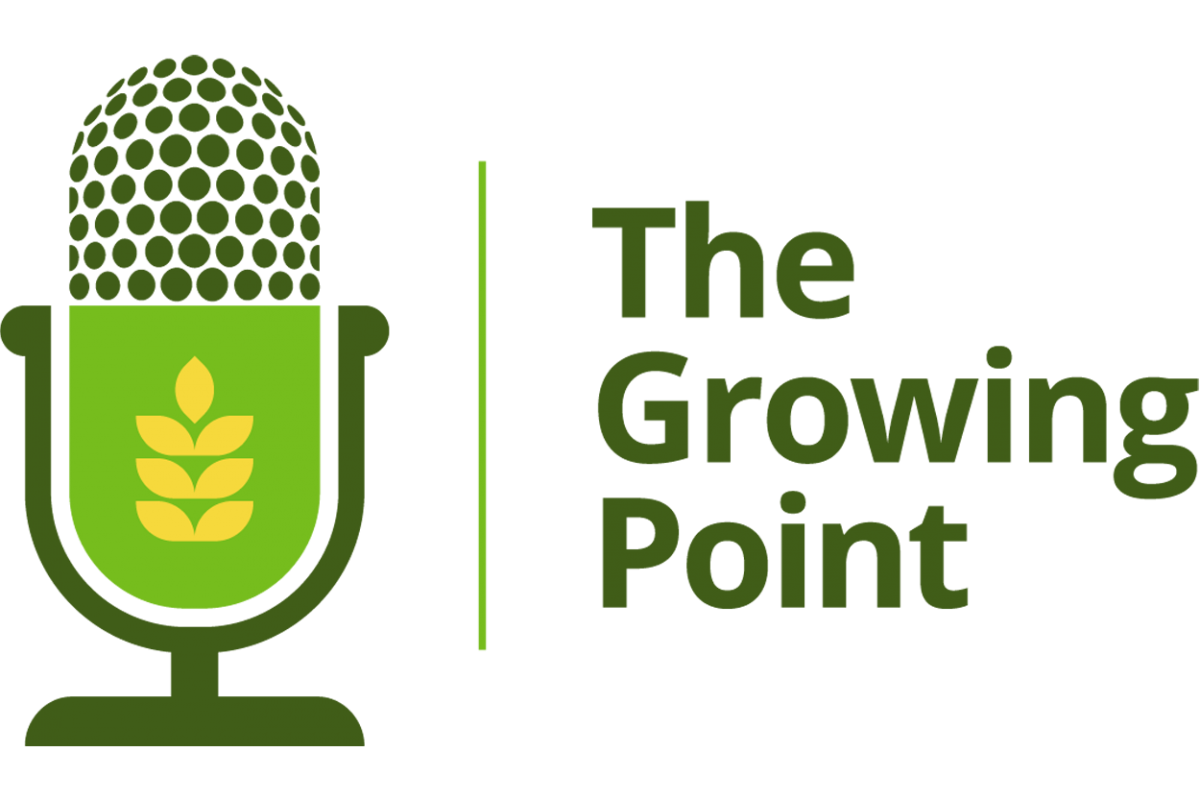Cereal straw: a hidden value on your farm
Posted by Clair Langlois, provincial cereals specialist (Updated by Jeremy Boychyn)
Before deciding whether to keep or sell straw, it is important to be aware of its value. Straw is not just leftover material from your crop. It contains nutrients and minerals, and material for building soil organic matter. Selling and removing straw means the removal of those components from the field.
No matter where you grow crops in Alberta, soil organic matter provides value to crop production and yield. It can benefit the water holding capacity of the soil, increase the microbiome biodiversity, and, among other things, helps with soil loss through erosion. Organic matter also releases nutrients through the growing season such as nitrogen and sulphur. This nutrient release helps with crop yield development. When straw is removed from the field, the future development of organic matter from that straw is lost. Farmers should weigh the value of that potential soil organic matter when selling straw and consider how it aligns with the farm's long-term soil management plan. For more information on soil organic matter, see here.
Straw also contains nutrients and minerals that support the production of a crop throughout the summer months and will be released through mineralization as the straw degrades. Only about 10-15% will be made available in time for the following crop, even slower for minimum-till or no-till situations, but eventually, nutrients in cereal residue will be available for future crops.
Assuming an average of 50 bu/ac grain yield for wheat, we would average 2.4 thousand-pound bales per acre. Using the chart below, which uses estimated nutrient values, we can see that in a typical quarter section (160 acres), there is a significant value of the nutrients within wheat straw. You should be aware of its value, about $3,800 per quarter section of land. At least plan to be ready to recuperate the loss by the selling price for straw.
Table 1: Average nutrient contents of straw* (chaff not included, not picked up)

Note: The nutrient values provided here are average. Actual nutrient values will range widely. Farmers are recommended to sample and analyze straw for actual nutrient value.
* straw with 10% moisture
** based on fertilizer prices on August 2019 of $900/tonne (46-0-0), $1100/tonne (11-52-0), $1100/tonne (0-0-60) and $580/tonne (21-0-0-24), giving us a price of $0.89/lb N, $0.96/lb P2O5, $0.83/lb K2O and $1.10 lb/S
Barley straw is more valuable per acre than that wheat or oat straw. Barley and oat straw are in higher demand by livestock producers for bedding and some animal feed. Barley straw especially contains more nutrients per unit of straw.
The cereal straw you will have in your field has significant value. Be sure if you sell it that you get the value for it, as it has a hidden value on your farm.

